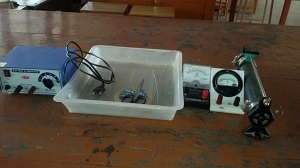In Physics Section there are two physics labs (Lab1 and Lab2) for under graduate students and one research Lab for PhD students.
In Lab1 and Lab2 following experiments are performed:
Experiments
Familiarization with various measuring instruments starting from Vernier calipers, Screw Gauge and Spectrometer.
To find the wavelength of sodium light using Fresnel’s Biprism. It consists of optical bench, Fresnel‘s Biprism, sodium lamp, adjustable slit, micrometer eyepiece, convex lens of focal length approximate 20cm.
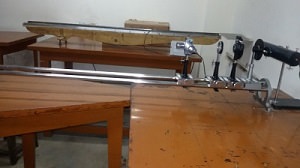
- To determine the wave length of He-Ne laser using the transmission grating.
- To determine the slit width using the diffraction pattern.
It consists of He-Ne laser of 2mw, focusing lens, slit, screen transmission grating.
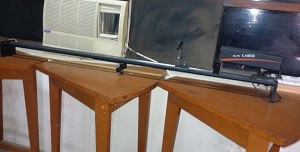
To find the wave length of sodium light using Newton’s Rings method.
It consists of a microscope of low power, plano convex lens of radius of curvature 80 -100 cms, sodium lamp, glass plate, convex lens of focal length 20 cms, spherometer.
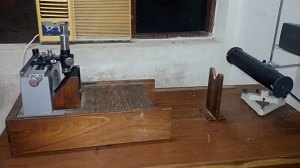
To determine the wave length of sodium light using diffraction grating. It consists of consists of spectrometer, diffraction grating of 15000lines /inch, sodium lamp and magnifying glass.
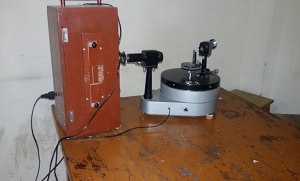
To find the angle of prism & the angle of minimum deviation & hence to calculate the refractive index of the material of a prism. It consists of consists of spectrometer, glass prism (crown or flint) and sodium lamp, magnifying glass.
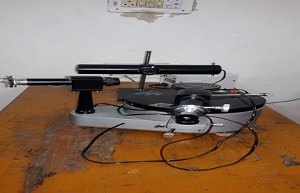
To find the specific rotation of sugar solution using Biquartz Polarimeter. It consists of Biquartz polarimeter, electric lamp, sugar cubes, electronic balance, and graduated cylinder, beaker.
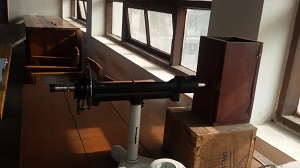
To study Hall effect in a P - type semiconductor. It consists of power supply for electromagnet (0-16 V, 5A), constant current source (0-20 mA), Gauss meter with Hall Probe, Semiconductor (Dimensions of Ge single crystal mounted on PCB having thickness 0.5 mm, width 4 mm, length 6mm, multimeter for measuring Hall voltage.
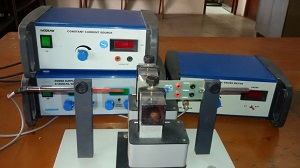
To determine the energy band gap of a semiconductor using Four Probe method. It consists of probes arrangement, Sample (Ge or Si crystal chip with non conducting base, oven (variation from room temp. to 200 °C, constant current generator, millivoltmeter (200mv-2V), Digital power supply for oven and thermometer.
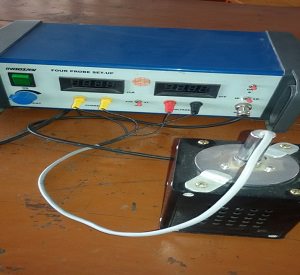
To design a method to draw equipotential lines with various geometries of electrodes kept at different potentials. It consists of 6V battery, Galvanometer, voltmeter, rheostat, non conducting tray, different shapes of electrodes.
